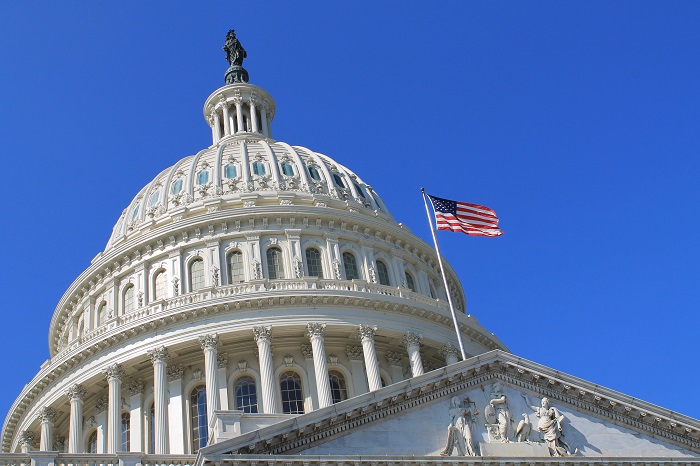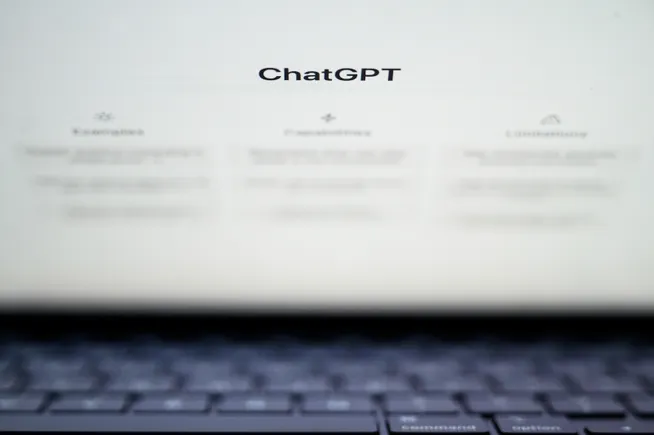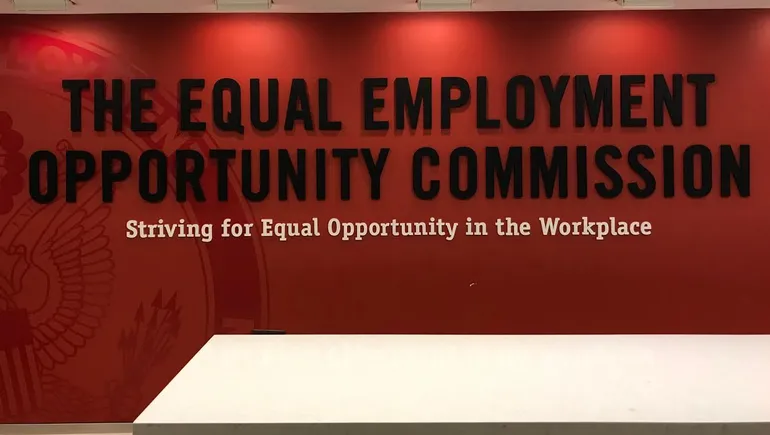The ongoing U.S. federal shutdown is having a ripple effect across industries, including in both public and private sectors. The showdown over the budget impasse is driving work stoppages and service delays, while casting heightened uncertainty over American workers and employers already navigating unprecedented ambiguity.
“While U.S. government shutdowns are nothing new, the current shutdown is noteworthy and likely to impact even private sector organizations,” says Caroline Walsh, managing vice president in the Gartner HR Practice. “So, CHROs should take note.”
The government shutdown comes at a time when change has already “become ungovernable,” Walsh says—citing everything from tariff wars to H-1B visa changes, ongoing economic volatility and escalating pressure to adopt AI in the workplace.
“Even for organizations with little exposure to government partnerships and services,” she says, “this is a moment for CHROs to support their workforces in building and maintaining change resilience.”
A critical first step for CHROs navigating the government shutdown is to assess the organization’s reliance on federal services. This particular shutdown, Walsh notes, could involve reductions-in-force at the federal level, on top of furloughs, which could affect private-sector partnerships and service utilization in the long term.
Companies that directly contract with the federal government will feel the impacts most acutely. Federal contractors are already receiving stop-work orders, Walsh says. Organizations operating in areas with high numbers of federal employees, such as the Washington, D.C., region, should prepare for disruptions as employees navigate furloughs and job losses in their families.
“The biggest disruption will vary based on their dependence on and partnership with the federal government,” Walsh says, noting, however, that even companies with little federal reliance will notice slowdowns in everything from permit applications to visa processing.
“Already last week we missed the expected Labor Market data from the Bureau of Labor & Statistics,” Walsh notes. Disruptions to the “knowledge supply chain” from the federal government, she adds, are likely to continue.
“For all organizations, CHROs should take stock of government services, paying attention to things like travel disruptions or data disruptions that may not be top-of-mind,” she says.
Being proactive about communication, support during the government shutdown

HR functions also need to enhance their communication strategies and be ready for an uptick in requests for information.
For instance, while disruptions to federal services like Social Security, Medicare and Medicaid aren’t expected, Walsh says, such programs may not be able to process new applicants. At the same time, workers with family members who are experiencing furloughs or job losses may face new financial struggles.
CHROs should rely on their typical employee communication channels to point workers to resources, as well as ensure they know how to access benefits such as the EAP.
HR should prepare managers, Walsh adds, to provide information and support.
“Frontline managers will likely be the ones to help individual employees navigate initial questions,” she says, “so CHROs should make sure these managers know what is offered and who in HR to reach out to with additional questions.”






















